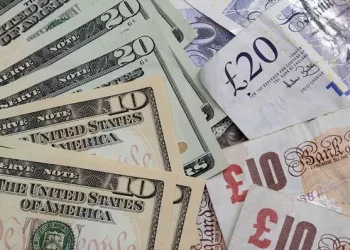The Australian dollar edged higher against its U.S. counterpart early Friday, with the AUD/USD pair climbing toward 0.6445 during the Asian trading session. The move comes as the U.S. dollar continues to soften amid renewed trade policy uncertainty and weaker-than-expected U.S. economic data.
Investors are closely watching Friday’s upcoming release of the U.S. Personal Consumption Expenditures (PCE) Price Index for April, which is expected to shed light on the Federal Reserve’s inflation outlook. The data release is anticipated to be a key market mover heading into the weekend.
Adding to the dollar’s pressure, a U.S. federal trade court on Wednesday blocked former President Donald Trump’s proposed “Liberation Day” tariffs, ruling that he lacked the authority to unilaterally impose sweeping import duties. However, late Thursday, a federal appeals court issued a temporary pause on that ruling, granting the Trump administration more time to argue for a broader delay. The legal back-and-forth has heightened policy uncertainty, stoking investor concerns that new trade barriers could drag on economic growth—further undermining the greenback.
Meanwhile, data from the U.S. Department of Labor showed a weakening labor market. Initial Jobless Claims for the week ending May 24 rose to 240,000, exceeding both the previous week’s revised figure of 226,000 and market expectations of 230,000. Continuing Claims also climbed, increasing by 26,000 to 1.919 million for the week ending May 17, signaling potential softness in employment conditions.
Aussie’s Prospects Capped by RBA Rate Cut Expectations
Despite the AUD’s near-term gains, downside risks linger. The Reserve Bank of Australia (RBA) has signaled openness to additional rate cuts should economic conditions deteriorate. While the RBA has noted progress in reducing inflation, it remains concerned about global growth headwinds, particularly those arising from U.S.-China trade tensions.
RBA Governor Michele Bullock stated that the central bank remains vigilant and prepared to act if necessary, warning that escalating trade barriers could further weigh on Australia’s economic outlook. The growing likelihood of monetary easing from the RBA may limit the Aussie’s upside in the medium term.
Related Topics:
























